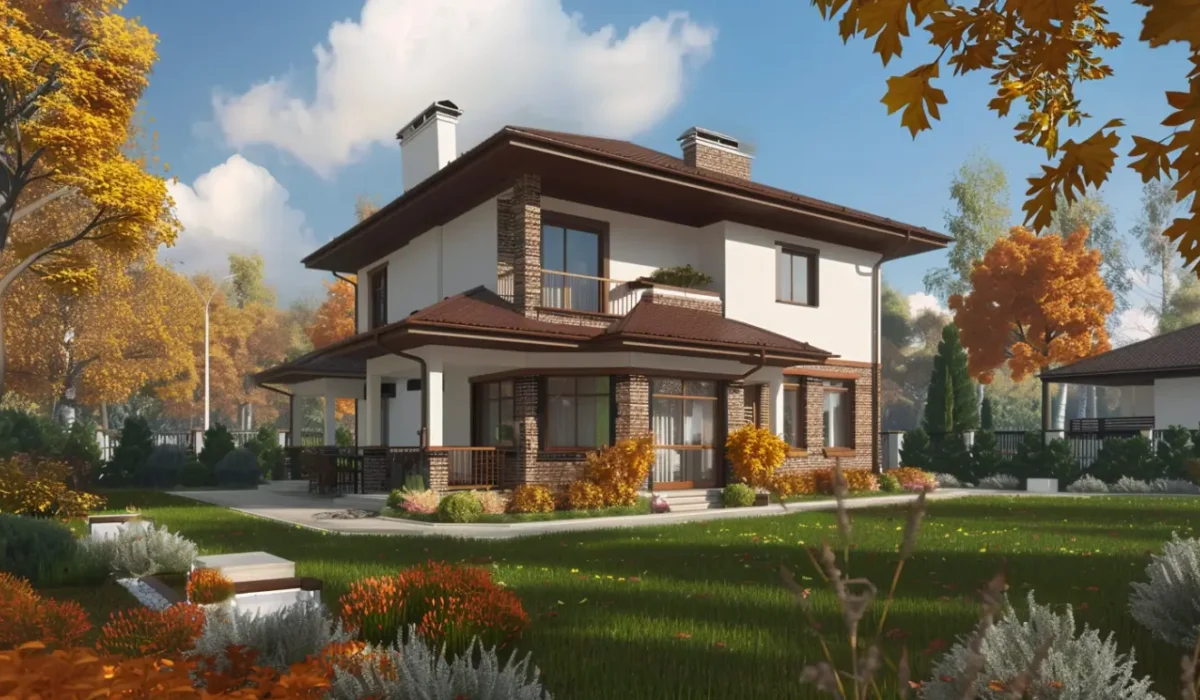When most people think about a roofing system, they picture shingles, flashing, or underlayment. Yet, one of the smallest components—the drip edge—plays a critical role in protecting a roof’s longevity. In Coppell, TX, building codes clearly outline drip edge requirements, ensuring every roofing project meets structural and safety standards. Understanding these codes is essential for homeowners who want a durable roof that complies with local regulations.
What Is a Drip Edge?
A drip edge is a thin strip of metal installed at the edges of a roof. Its main job is to direct water away from the fascia and into the gutters. Without it, rainwater can seep behind the fascia, causing rot, mold, and even foundation issues. Though small, the drip edge is one of the first defenses against water damage.
Building Code Standards
Local and national building codes require drip edges for nearly all new roof installations and replacements. According to the International Residential Code (IRC), drip edges must be installed along both the eaves and rakes of the roof. These codes ensure uniformity and provide homeowners peace of mind, knowing their roofing system adheres to industry standards.
In Coppell, TX, enforcement of these codes is strict. Roofing inspectors often check drip edge installation during both mid-project and final inspections. If it is missing or improperly installed, the project will not pass inspection. This can delay timelines and add unnecessary costs for homeowners.
Materials and Sizing Requirements
Not all drip edges are created equal. Building codes typically specify minimum material thickness, usually galvanized steel or aluminum at 0.019 inches. The size must extend far enough to guide water into the gutter system effectively. This ensures water does not run down the fascia, which could cause long-term damage to the home’s structure.
Homeowners who attempt DIY roofing repairs often overlook these requirements, leading to failed inspections and water intrusion problems. Working with certified professionals avoids these costly mistakes.
Why Drip Edge Installation Matters
Proper drip edge installation provides several key benefits:
Preventing Water Damage
The drip edge ensures rainwater flows into the gutter system, preventing leaks and rotting wood around the fascia.
Protecting the Roof Deck
By directing water away from the roof deck, the drip edge prevents swelling, warping, and premature deterioration.
Guarding Against Pests
Drip edges also seal gaps between shingles and fascia, blocking insects, birds, and rodents from nesting in the roof.
The Role of Trusted Brands
The longevity of drip edges also depends on material quality. At KangaRoof, we use products from industry leaders like Malarkey, GAF, and OC. Combined with our credentials—OC Preferred, Emerald Premium Plus, and GAF Master Elite—homeowners can be confident that every installation exceeds both manufacturer standards and building codes.
Why Professional Installation Is Essential
Even though a drip edge may appear simple, installation requires precision. It must be fastened securely, overlapped correctly at joints, and aligned to guide water seamlessly into the gutter system. If improperly installed, it can channel water back into the home instead of away from it.
By hiring experienced roofing professionals in Coppell, TX, homeowners ensure drip edges are installed correctly the first time. This not only guarantees compliance with building codes but also maximizes the roof’s overall lifespan.
Energy and Cost Efficiency
While the drip edge may not directly affect energy efficiency like insulation or reflective shingles, it plays a role in long-term savings. Preventing water damage reduces repair costs, keeps attics drier, and maintains the structural integrity of insulation. Over time, this translates into significant financial savings for homeowners.
Conclusion
Though small, drip edges are a vital part of any roofing system. Building codes in Coppell, TX are clear: every roof must include properly sized and installed drip edges. By investing in quality materials, relying on trusted brands, and working with certified professionals, homeowners ensure their roofs remain code-compliant and durable for decades.
Read also our blog: Quality Roofing Materials and Products for Lasting Performance
